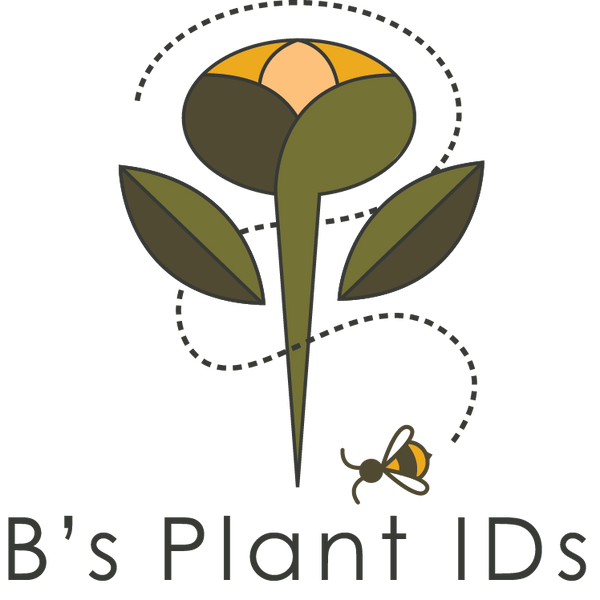Are you looking to take your vegetable garden to the next level? Consider the benefits of companion planting! This gardening technique involves planting different crops together to maximize growth, deter pests, and improve overall health.
What are the Benefits of Companion Planting?
Companion planting offers a range of benefits for your vegetable garden. By strategically planting certain crops together, you can:
- Improve soil fertility
- Repel pests naturally
- Attract beneficial insects
- Enhance flavor and yield
How Does Companion Planting Work?
Companion planting works by taking advantage of the natural relationships between plants. Some plants emit chemicals that repel pests, while others fix nitrogen in the soil, benefiting neighboring plants. By planting compatible crops together, you can create a harmonious garden ecosystem that thrives.
Which Plants are Good Companions?
When planning your vegetable garden, consider the following companion and plants:
- Tomatoes and basil-basil repels thrips, deters moths, attracts bees all of which benefit your tomato crop.
- Dill-attracts ladybugs which eat aphids and spider mites
- Cucumbers and dill-once the dill flowers, it attracts pollinator to help booth your harvest of cucumbers.
- Beans and corn-beans help stabilize corn plants to help them stand up to the winds.
- Add nasturtiums and marigolds to help bring in pollinators and reduce unwanted insects on your plants.
Get Started with Companion Planting Today!
Ready to reap the benefits of companion planting in your vegetable garden? Start by researching which plants work well together and create a planting plan.
One of the best Companion Planting article and Chart I have found is here: https://homesteadandchill.com/benefits-companion-planting-chart/
Experiment with different combinations to see what works best for your garden. With a little planning and creativity, you can enjoy a bountiful harvest and a thriving garden ecosystem!
How Can B's Plant IDs help?
Keeping track of which plants are growing where can be a challenge. This is where plant markers come in handy. By labeling each row or section of your garden, you can easily identify which plants are which, making it easier to care for them and harvest at the right time.
Whether you're a seasoned gardener or just starting out, companion planting and plant markers can take your garden to the next level. By harnessing the power of plant relationships and staying organized with markers, you'll be well on your way to a bountiful harvest.

